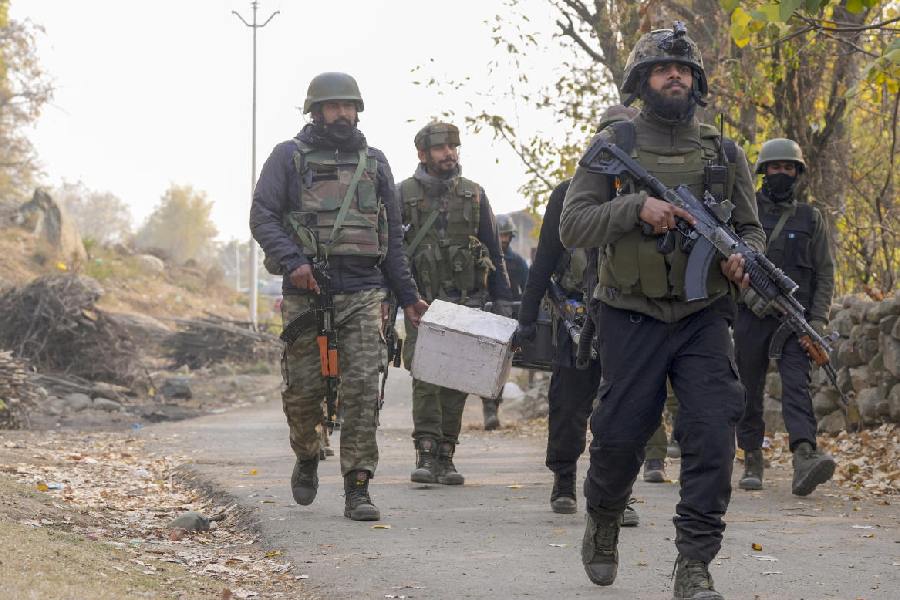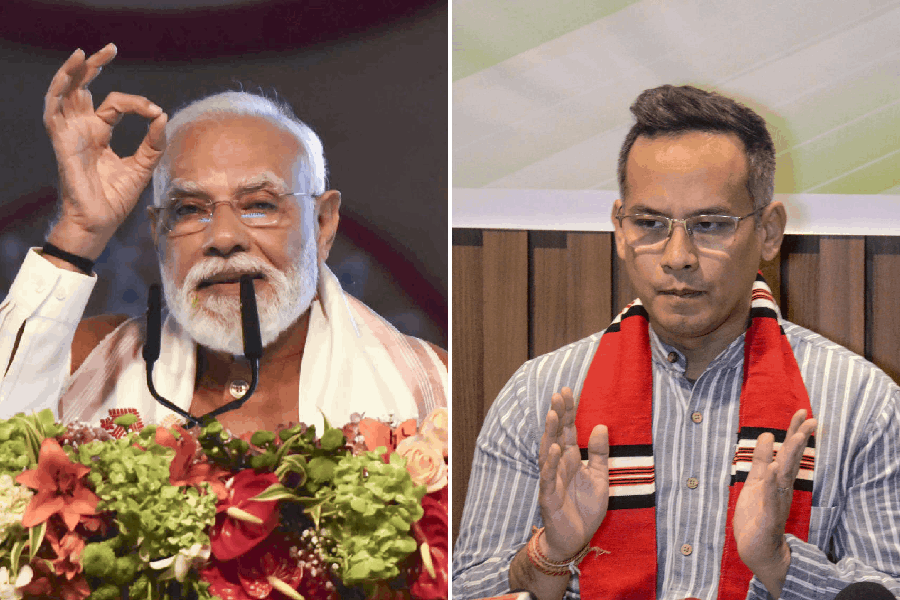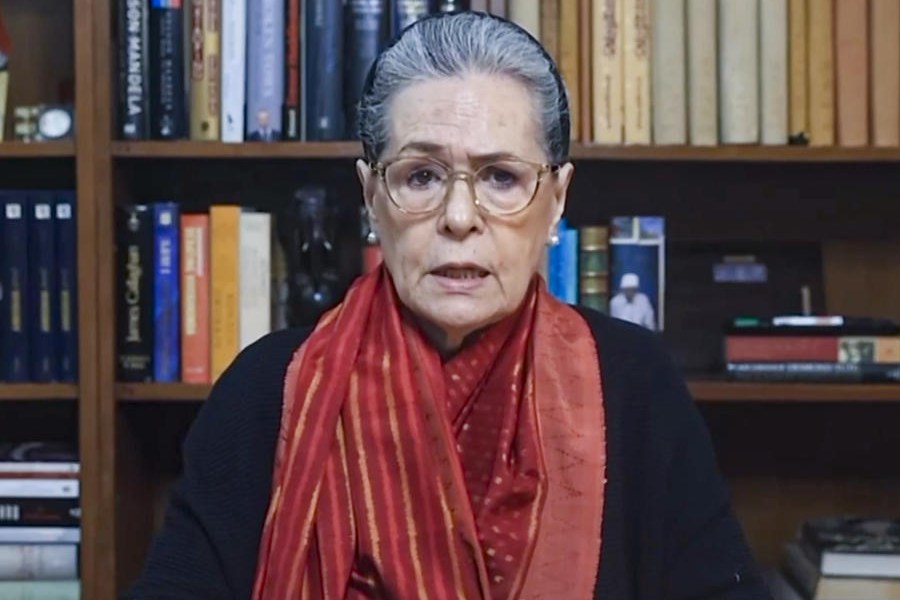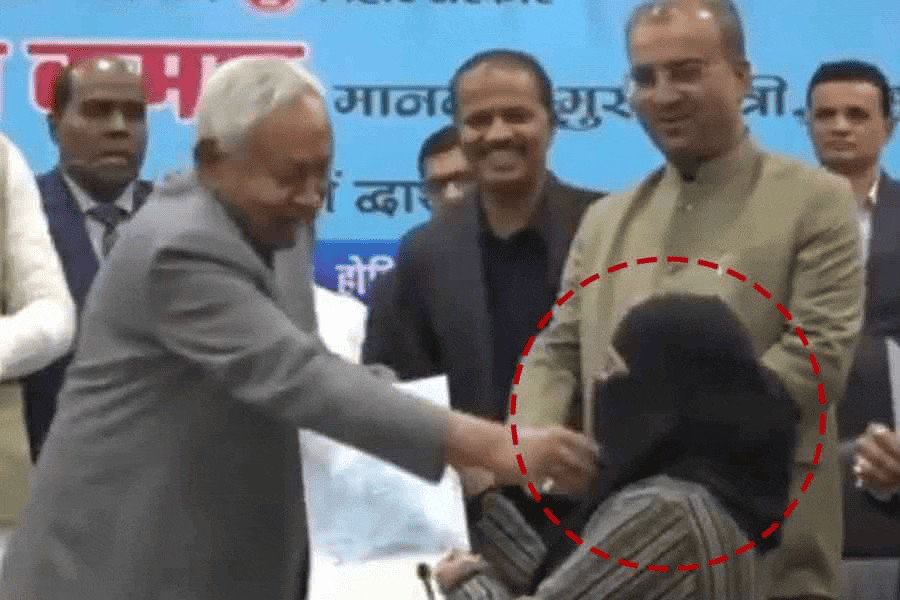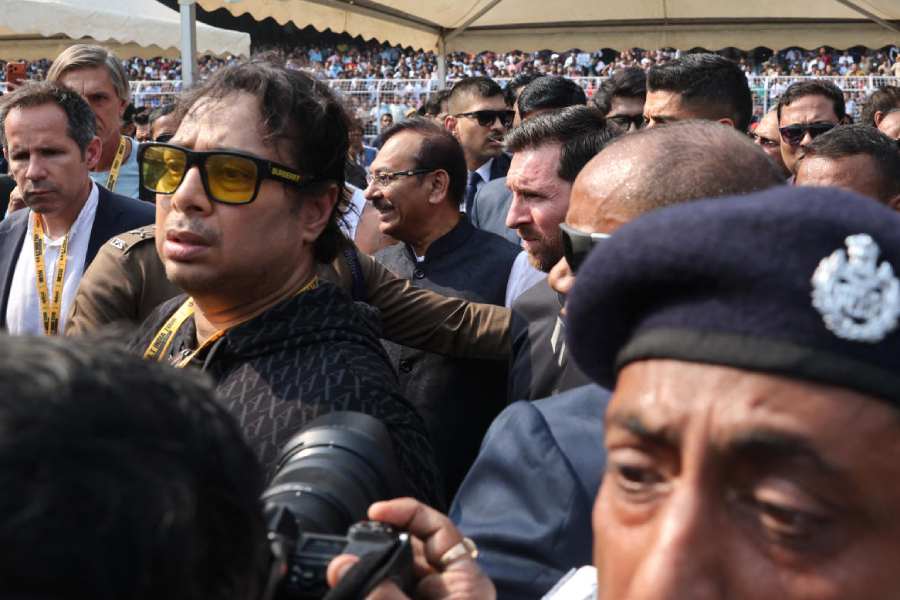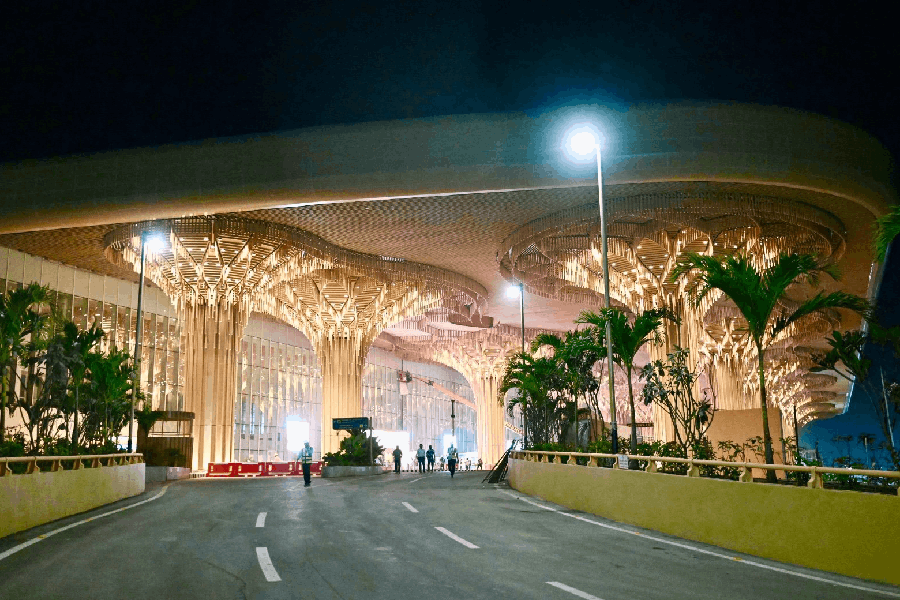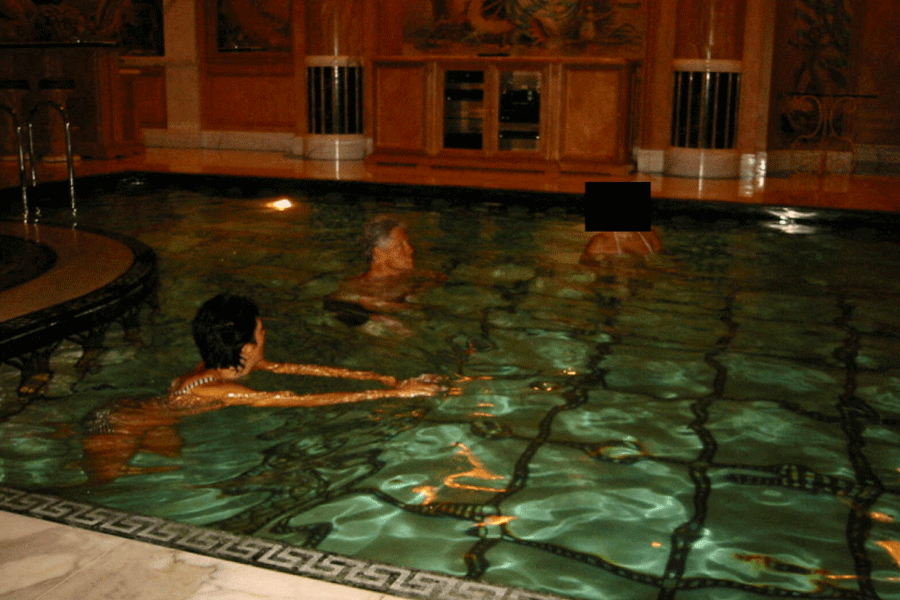People’s Conference chairman Sajad Gani Lone on Saturday flagged government data to claim Jammu was pocketing a majority of reservations in jobs and institutions despite having a smaller population, adding a new dimension to the raging reservation debate.
Jammu and Kashmir’s two biggest ethnic groups — Kashmiris and Dogras — are seething over the reservation policy introduced by lieutenant governor Manoj Sinha-led administration. Critics claim the policy reduces the share of open merit quota for 70 per cent of the population of the Union Territory to a mere 30-40 per cent.
Kashmiris are an overwhelming majority in Kashmir while Dogras, though less than 50 per cent, are the biggest linguistic group in Jammu.
Lone, citing data he had received in response to a question in the Assembly, flagged “stark regional imbalances” between Jammu and Kashmir regions in issuing reservation certificates in the UT and claimed the entire concept of reservations was “rigged” against the Valley.
The data seems to suggest that Kashmir is at a huge disadvantage because of the skewed reservation policy. In Jammu, the policy seems to have hit the upper caste Dogra-speaking population.
The former separatist-turned-pro-India politician said the reservation certificates issued by the government since April 1, 2023, revealed that the Jammu region dominated the issuances in nearly all categories.
“The data shows a vast regional disparity… The findings are a shocker,” he said.
The PC leader said 100 per cent of the 67,112 Scheduled Caste (SC) certificates issued in the UT had been exclusively bagged by Jammu. The SC’s are part of Jammu’s Dogra-speaking population.
“The Scheduled Tribe (ST) category showed Jammu issuing 4,59,493 certificates (85.3 per cent) while Kashmir issued only 79,813 (14.7 per cent). Similar imbalances exist for the Economically Weaker Sections (EWS) — 92.3 per cent in Jammu and 7.7 per cent in Kashmir,” he said.
The ST population in Jammu comprises Paharis, another linguistic group that was granted reservation by the BJP-led government at the Centre to woo them ahead of elections. They include both Muslims and Hindus.
Lone said 94.3 per cent certificates in the Line of Actual Control category have gone to Jammu and just 5.7 per cent to Kashmir.
“Even in the Reserved Backward Area category, Jammu led with 52.8 per cent of the certificates against Kashmir’s 48.2 per cent,” he said.
Following protests late last year, the Jammu and Kashmir government had set up a committee to look into the complaints by anti-reservation campaigners.
Lone said he was not against reservations but against the “murder of merit”.
“It (skewed reservations) is a post-dated cheque for disaster. Kashmiris not making it to the KAS (Kashmir Administrative Service) or other exams is not because they are incompetent. It is the scourge of reservation that is killing their competence,” he said.
According to the 2011 census, the Valley’s population stood at 68.8 lakh out of the 1.22-crore population of Jammu and Kashmir (excluding Ladakh which is now a separate UT). Jammu’s population stood at 53.5 lakh.
The 2022 controversial delimitation exercise gave Jammu six more seats in the Assembly against one to Kashmir. The Valley’s seat share has been reduced to 52.22 per cent against Jammu’s 47.77 per cent.

